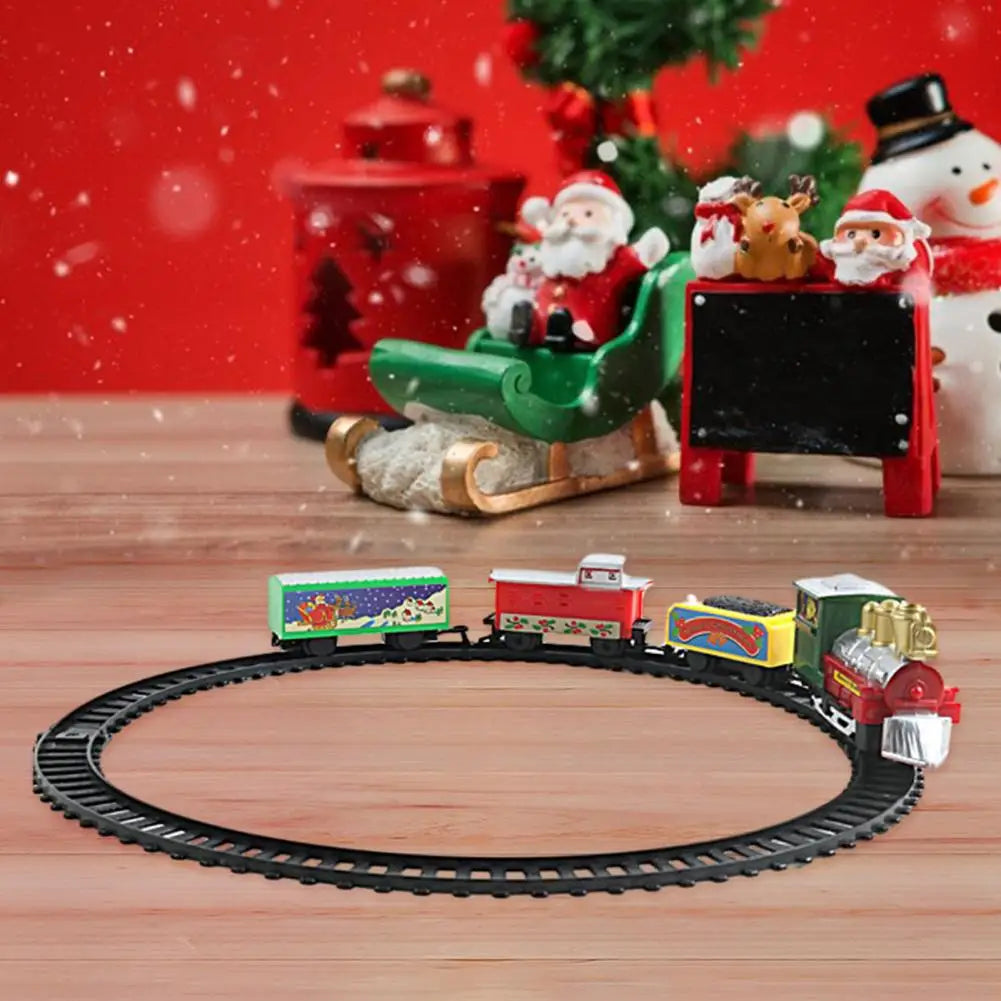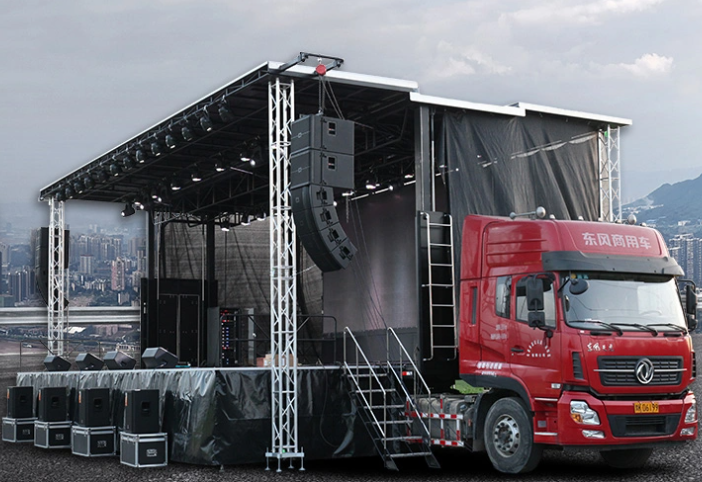Educational Wooden Toys: Timeless Learning and Play for Children
In an era filled with flashy electronic gadgets and high-tech toys, educational wooden toys stand out as timeless, eco-friendly, and nurturing tools for children’s learning. These toys, crafted from natural materials like wood, not only provide hours of fun but also encourage creativity, problem-solving, and motor skills development. In this article, we’ll explore why educational wooden toys are a great choice for children, the benefits they offer, and the different types of toys available.
What Are Educational Wooden Toys?
Educational wooden toys are toys made primarily from wood that are designed to teach children various skills through play. These toys often focus on learning basic concepts such as shapes, colours, numbers, letters, and motor skills. Unlike many plastic toys, which may be overly flashy or noisy, wooden toys are simple, tactile, and can be both beautiful and functional.
Wooden toys come in various forms—from building blocks and puzzles to activity tables and pretend play sets—each designed to engage a child’s senses and promote learning through hands-on interaction. They are usually free from harmful chemicals, making them a safer option for young children.
Why Choose Wooden Toys for Your Child?
Wooden toys have been loved for generations, and for good reason. Here are some key benefits of choosing educational wooden toys for your child:
1. Durability and Longevity
Wooden toys are incredibly durable and built to last. Unlike plastic toys that can break easily or wear out after a few months, high-quality wooden toys can withstand rough handling and remain in great condition for years. Some wooden toys can even be passed down from generation to generation, making them a long-term investment.
2. Eco-Friendly and Sustainable
In today’s environmentally-conscious world, choosing wooden toys made from sustainably sourced materials is an eco-friendly option. Unlike many plastic toys that contribute to pollution, wooden toys are biodegradable and often made from natural, non-toxic finishes. Many companies now focus on producing toys that have a minimal environmental impact, ensuring that they are safe for both children and the planet.
3. Encourages Imagination and Creativity
One of the biggest advantages of educational wooden toys is their ability to stimulate creativity. Wooden toys tend to be simple and open-ended, allowing children to use their imaginations to create and explore in ways that more complex, battery-operated toys might not. For example, a set of wooden blocks can be used to build anything a child can dream up—from a house to a castle or even a spaceship. This kind of open-ended play encourages problem-solving and fosters creative thinking.
4. Promotes Sensory Development
Wooden toys offer a rich sensory experience for children. The texture of the wood, the natural scent, and the soothing feel of the pieces in a child’s hand can engage their senses in a way that plastic toys often don’t. The tactile experience of playing with smooth wooden surfaces can be calming and comforting, helping young children develop their sense of touch and fine motor skills.
5. Improves Fine Motor Skills and Coordination
Many wooden toys are designed to enhance a child’s fine motor skills, hand-eye coordination, and dexterity. Whether it’s stacking blocks, fitting pieces into a puzzle, or turning a knob on an activity table, children are actively using their hands and fingers to manipulate objects. This helps strengthen the muscles and skills needed for everyday activities, such as writing or dressing themselves.
6. Free from Harmful Chemicals
Many parents are concerned about the potential risks of chemicals in plastic toys. Wooden toys, on the other hand, are usually free from harmful substances like BPA, phthalates, or lead-based paints. Most high-quality wooden toys are finished with non-toxic paints or varnishes, making them safe for children to handle and even put in their mouths. This makes them a safer option for babies and toddlers.
Types of Educational Wooden Toys
Wooden toys come in all shapes and sizes, each catering to different aspects of a child’s development. Here are some of the most popular types of educational wooden toys:
1. Building Blocks
Wooden building blocks are classic toys that have been loved for generations. These blocks come in various shapes, sizes, and colours, and can be used to build structures, create patterns, and even learn about geometry. They promote creativity, spatial awareness, and problem-solving. As children stack and arrange the blocks, they also develop their fine motor skills and hand-eye coordination.
2. Wooden Puzzles
Wooden puzzles are an excellent way to help children develop critical thinking and problem-solving skills. These puzzles come in a variety of forms, from simple shape-sorting games for toddlers to more complex jigsaw puzzles for older children. As kids work to fit the pieces together, they improve their logical thinking, concentration, and patience.
3. Pretend Play Sets
Pretend play is an important part of a child’s development, and wooden pretend play sets are perfect for encouraging this type of imaginative play. Wooden kitchens, toolkits, doctor sets, and dollhouses allow children to role-play different scenarios, from cooking dinner to fixing things around the house. These toys help develop social skills, creativity, and emotional intelligence as children use their imaginations to act out real-world situations.
4. Shape Sorters and Stacking Toys
For younger children, wooden shape sorters and stacking toys are a great way to promote early learning. These toys help babies and toddlers recognize shapes, colours, and sizes as they place the pieces into the corresponding slots or stack them on top of each other. As children figure out how to make the pieces fit, they develop problem-solving skills and hand-eye coordination.
5. Activity Tables
Wooden activity tables are another fantastic educational toy for toddlers and preschoolers. These tables often feature a variety of interactive elements, such as gears, buttons, and levers, that children can manipulate. As they explore the different activities, children develop fine motor skills, hand-eye coordination, and an understanding of cause and effect.
6. Wooden Trains and Vehicles
Wooden trains, cars, and trucks are a hit with many children, offering endless opportunities for imaginative play. With their simple designs and smooth, rolling wheels, wooden vehicles can be used to create imaginary worlds and scenarios. These toys also help children develop spatial awareness, motor skills, and coordination as they push and pull the vehicles around.
7. Musical Instruments
Wooden musical instruments, such as xylophones, tambourines, or maracas, introduce children to the world of sound and music. These instruments help develop a child’s sense of rhythm, auditory discrimination, and fine motor skills. Playing music also encourages creativity and emotional expression.
How to Choose the Right Educational Wooden Toy
When selecting a wooden toy for your child, it’s important to consider the following factors:
1. Age Appropriateness
Make sure the toy is suitable for your child’s age and developmental stage. For younger children, opt for toys that are larger, have no small parts, and are easy to handle. For older children, choose more complex toys that encourage problem-solving, imagination, and creativity.
2. Quality and Safety
Always look for toys made from high-quality, sustainable wood. Check that the toy is free from harmful chemicals, such as lead-based paints or toxins. Look for brands that use non-toxic finishes and paints that are safe for children.
3. Educational Value
Consider what skills the toy will help your child develop. Whether it’s fine motor skills, creativity, problem-solving, or social interaction, make sure the toy has a learning component that matches your child’s needs.
4. Durability
Choose toys that are well-made and built to last. Wooden toys are known for their durability, but it’s important to check the craftsmanship to ensure that the toy won’t break easily or splinter over time.
Conclusion
Educational wooden toys are more than just playthings—they’re tools that help children grow, learn, and develop key skills that will serve them throughout their lives. From building blocks and puzzles to pretend play sets and musical instruments, these toys offer endless opportunities for creativity and learning. With their durability, eco-friendly design, and educational value, wooden toys are an investment in your child’s development and a great choice for parents who want to provide their children with high-quality, sustainable toys.














Post Comment